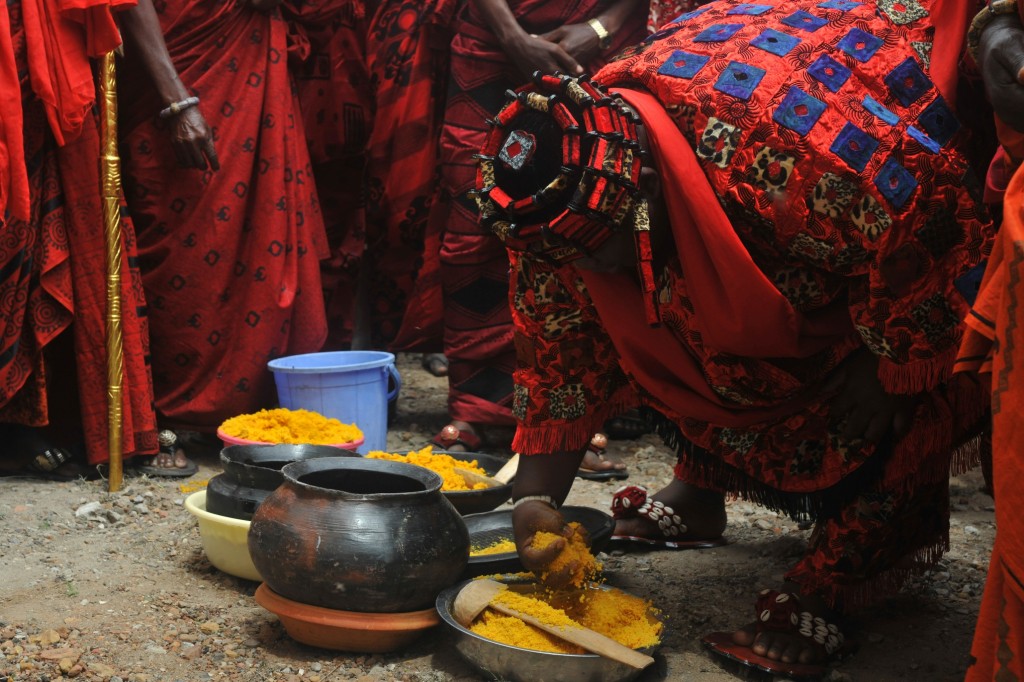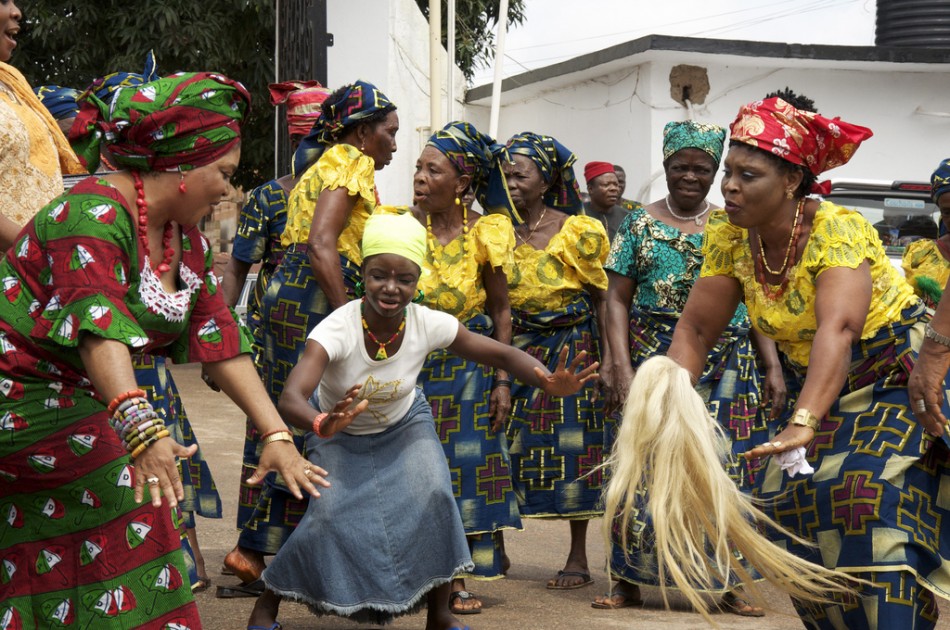With Thanksgiving only days away, here at RoomSuggestion we are in the mood for food, fun and festivity. While Thanksgiving is primarily a North American day of giving thanks for the blessing of the harvest and of the preceding year, several other places around the world observe similar harvest-related celebrations with different names and different seasons. While traditions may differ though, celebrations are often similar, characterised with a lot of fun. From China’s moon cakes to Ghana’s yams, there is a little something for every taste. Why not go on a journey with us to check out the top ten Thanksgiving/harvest festivals around the world?

China
As far away as China may seem from America, in geography and in tradition, on the 15th day of 8th lunar month of their calendar, which they believe the moon is roundest and brightest, the Chinese celebrate Mid-Autumn Moon Festival, also known as Women Festival, to connote the gift of fertility embodied by women. One of the most celebrated Chinese holidays, this is a time for family and loved ones to celebrate the end of the harvest season with a giant feast. On this day friends and family gift each other the Chinese delicacy of moon cake, a flaky pastry stuffed with either sweet or savory filling.

Korea
In Korea, the day of giving thanks, and one of Korea’s three major holidays, falls on 15 August, known as Chu-Sok (meaning ‘fall evening’), and lasts for three days. During this time,families get together to eat and pay respect to their ancestors. The traditional dish of the festivities is Songpyeon, comprising rice kneaded into little cakes and filled with red beans, chestnuts, or other ingredients and laid out in honour of the deceased.

Malaysia
Harvest is celebrated in Malaysia by the Kadazan of Sabah each May with thanksgiving dedicated to the rice gods. During the festival, Sabah natives don their native wear and enjoy the carnival like atmosphere from daybreak till the following day’s dawn with agricultural shows, buffalo races and traditional games while Tapai, home-made rice wine flows freely.
In Sarawak the rice harvest is celebrated every year on 2 June. After the last of the grain has been collected, villagers gather at midnight, in longhouses built on tall stilts, deep in the jungle, to give thanks for a bountiful harvest and pray for the next one. Then it is time for the banquet where rice wine take centre stage, also offered to the gods in the miring ceremony.

Germany
Known as Erntedankfest, the German Harvest Thanksgiving Festival takes place in early October. While it has a significant religious element, like its American counterpart, it also involves having large feasts. The Erntedankfest parade always takes place the first Sunday after each year’s September 29, with celebrations lasting from Friday to Monday.
On Sunday, the day begins with a sermon and carries on with music and dancing. While Erntedankfest is not much of day for family get-togethers unlike Thanksgiving Stateside, the unused food is distributed to the needy. And unlike the American Thanksgiving, instead of turkey, it is chicken which takes pride of place – so much so that chickens are fattened up in time for the feast.

England
In Britain, Harvest Festival has been celebrated since pagan times, traditionally held on the Sunday near or of the Harvest Moon which occurs closest to the autumn equinox (Sept. 23). While Saxon farmers would offer the first cut sheaf of corn and a sacrificial animal to one of their fertility gods to ensure a bountiful harvest, this is no longer the case even though the tradition of making corn dolls remains. Until the 20th century most farmers celebrated the end of the harvest with a big meal called the harvest supper, and this is still practised in some churches and villages.
In most British schools and churches, people bring in food which is them distributed among the poor and senior citizens of the local community, or used to raise funds for the church, or charity.

Israel
Sukkot is the third of the Jewish pilgrimage festivals, following Passover and Shavuot. While all three mark different stages of the harvest, Sukkot signifies the end celebrates the country’s bountiful harvest. Recalling the time when the Israelites wandered the desert living in temporary shelters, families build makeshift huts, or sukkah, with open roofs. This is where Sukkah is celebrated for seven days. Wands of willow, myrtle, and palm, together with a citron are shaken every day in all directions to honor the gifts from the land.

Ghana
While yam might be an important part of the Thanksgiving dinner in America, it is nowhere near as staple a dish as it is in West Africa, hence a harvest dedicated to this major crop in Ghana sounds apt. Homowo, is celebrated around harvest time between May and August. To give thanks bountiful harvest of the crop and ward off famine which plundered the Ga people in history, as the meaning of the word ‘hooted at hunger’ suggests, Ghanaians gather to celebrate the yam.

Nigeria
Much like neighbouring Ghana, in Nigeria as well, yam is a major crop and hence Igbo people of the country celebrate Iwa Ji, also known as New Yam Festival, every year around the month of August, to celebrate the new harvest of yams and perform traditional rites to declare the new yam fit for general consumption.
On the eve of the festival, all old yams are consumed or discarded. The next day, only yam dishes are served, with the king eating the first yam and offering the yams to gods and ancestors to express gratitude for a bountiful harvest.
The day is spent with friends and family and festivities continue in the form of masquerades, traditional dances and parades.

Barbados
Forget the yam or the turkey, in what has evolved in this Caribbean island’s biggest national festival, similar to the Brazilian carnival, at Crop Over, sugarcane takes centre stage. Formerly known as Harvest Home, Crop Over dates back to 1688; while in the aftermath of World War II it was disbanded, 1974 saw a revival, with the festival now a two-month long celebration.
Festivities begins with a ceremonial delivery of the last canes, followed by the presentation of harvest crowns to the man and woman who produced the most sugarcane. For two months the islanders enjoy a big party and challenge each other to various competitions including drinking, feasting, and climbing greased poles.The event culminates with the Grand Kadooment a parade which sees bands in elaborate costumes shake up the island with pulsating Bajan rhythms.

Argentina